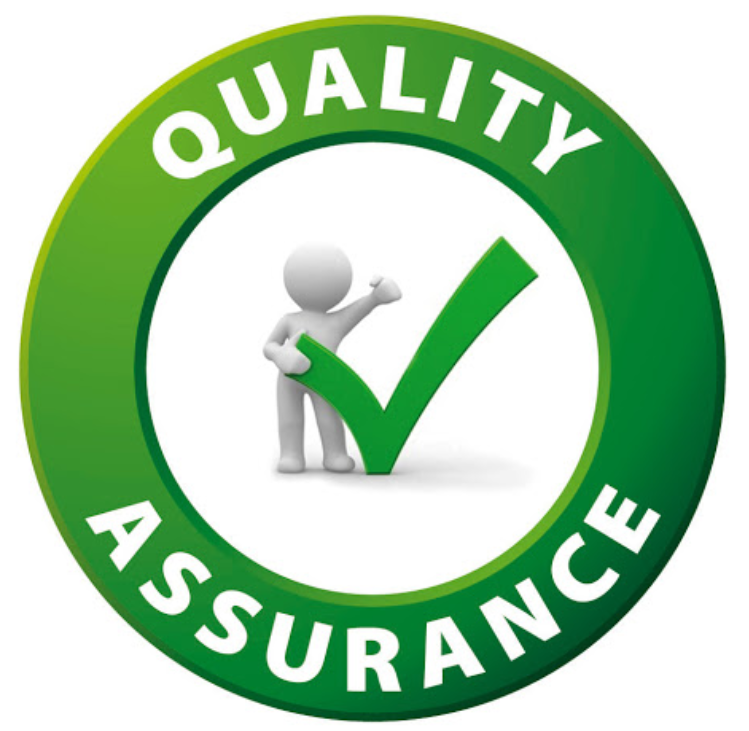Overview of TGAT Safeguarding Governance

Please see our Trust website for details of our central safeguarding team.
Purpose
The safeguarding of children is of paramount importance. All educational establishments have a legal responsibility to safeguard and promote the welfare of children and young people. Regular monitoring is essential to ensure that strong policies, procedures and mechanisms are in place.
With this in mind, it will be the role of the Executive Trust Lead for Safeguarding and the Trust Safeguarding Lead to provide oversight of and to quality assure safeguarding at each school across the Trust through a range of calendared activities throughout the year. The aim is to continually improve the quality of safeguarding practice by having an increased emphasis on proactive monitoring arrangements. The cycle of quality assurance activities should assist the safeguarding team at each Academy in supporting effective safeguarding practice by evaluating measures currently in place and identifying any developments that may be required to improve practice.
Quality Assurance Calendar

The quality assurance calendar will include the following activities for each school annually.
- Single Central Record Audit: An initial audit, undertaken by the Executive Trust Lead for Safeguarding, will take place in the autumn term, with a follow up review within six weeks to ensure that identified actions have been completed. Further checks may be undertaken in the case of ongoing concerns or upon request.
- Website Compliance Check: This will be undertaken by the Trust Safeguarding Lead within the first four weeks of the academic year to ensure that safeguarding policies, safeguarding statements, links to local safeguarding partners and details of safeguarding staff are up to date, have been localised and are easily accessible.
- Staff Safeguarding Questionnaire: There is an expectation that all staff across the Trust complete this questionnaire, distributed by the Trust Safeguarding Lead in the first half term of the academic year, to evidence that they have read and understood the statutory guidance Keeping Children Safe in Education. The Trust Safeguarding Lead will liaise closely with the DSLs to ensure a completion rate of 100%. DSLs will be expected to analyse the results of staff at their school and address any misconceptions, thus ensuring all staff fully understand their safeguarding duty.
- Annual Safeguarding Report: This report will be completed by the Designated Safeguarding Lead in the first half term of the autumn term and presented to the Executive Trust Lead for Safeguarding and to the Executive Principals for monitoring and review purposes. A copy of the report will also be made available to the Local Governing Body and the Trust Safeguarding Lead. The report also provides information to the Local Authority, so that they can fulfil their statutory duty. It will include information on completed safeguarding training, referrals made, meetings attended, numbers of pupils on safeguarding plans and any significant safeguarding issues.
- Safeguarding Annual Audit: This in-depth audit, led by the Trust Safeguarding Lead, will include a leadership conversation with the DSL, conversations with pupils and other staff and a review of procedures, training, safeguarding incidents and issues and safeguarding opportunities within the curriculum. This audit will be arranged in liaison with the DSL and may take place at any time across the year.
- Safeguarding Case File Audit: This will consist of an audit of three randomly selected MyConcern safeguarding files, undertaken by the Trust Safeguarding Lead annually. This is to ensure that records are being maintained appropriately and that the information contained in each file is of a high quality. The Trust Safeguarding Lead will also monitor MyConcern activity at each school fortnightly, maintaining a record of checks undertaken, and may request additional full case file audits if this checking raises concerns.
- Pupil and Parent/Carer Safeguarding Survey: The Trust is committed to involving parents/carers, as well as the children themselves, in such processes and therefore safeguarding surveys for both groups, produced and distributed by the LGB in liaison with the Trust Safeguarding Lead biennially in alternating years, will form important feedback for safeguarding teams to review and act upon. The involvement of the LGB will provide important support in the monitoring of safeguarding provision.
Systems
Executive Governance: The Designated Safeguarding Lead (DSL) at each school will meet with the Trust Safeguarding Lead at the start of the academic year to map out dates for each quality assurance activity. A nominated governor from the LGB may wish to be involved at this stage and to attend some of the QA activities.
The Executive Trust Lead for Safeguarding and the Trust Safeguarding Lead will undertake the activities and complete a report for each. These reports will be shared with the DSL, the Principal/Head of School and the Executive Principal, and will also be uploaded to Transform by the report writer.
An Executive Safeguarding Meeting will take place fortnightly to discuss an overview of safeguarding need at each school. Attendees will include the Executive Trust Lead for Safeguarding, the Trust Safeguarding Lead and the CEO and/or Executive Principal. Once a month, the Trust Attendance Welfare Office will join the meeting to present an overview of attendance at each school. The CEO and/or Executive Principal will then feed back to the Executive Board Education and information about any issues will be shared with Principals.
Safeguarding Committee Meetings: A safeguarding committee meeting will take place at each school, termly. Attendees must include the DSL and the Principal/Head of School. Deputy DSLs and the LGB Safeguarding Champion may also attend. The school may also wish to request attendance from the Trust Safeguarding Lead, particularly if there are specific concerns they wish to discuss or to have support in action planning.
The DSL will chair the meeting, unless a request is made for the Trust Safeguarding Lead to do so. A standing agenda will ensure that any quality assurance activities undertaken since the previous meeting are analysed, with areas of strength and areas for improvement being recognised. Analysis of data (provided by the DSL) will form a key part of the meeting and allow emerging trends and patterns to be identified. Minutes from the committee meetings will be shared with the Executive Trust Lead for Safeguarding, the Trust Safeguarding Lead and the Executive Principal and will also be uploaded to Transform.
Reporting to the Trust Board: As requested, the Executive Trust Lead for Safeguarding and/or the Trust Safeguarding Lead will attend the Educational Performance Committee to present a Trust safeguarding overview. This may include an overview of data, areas of strength and development and any concerns, or may concentrate on a particular area of focus.
External Audits: Each year, a safeguarding audit will be undertaken by an external safeguarding consultant at two Trust schools, alongside the Trust Safeguarding Lead. This provides external moderation of the checks of the executive governance structure.